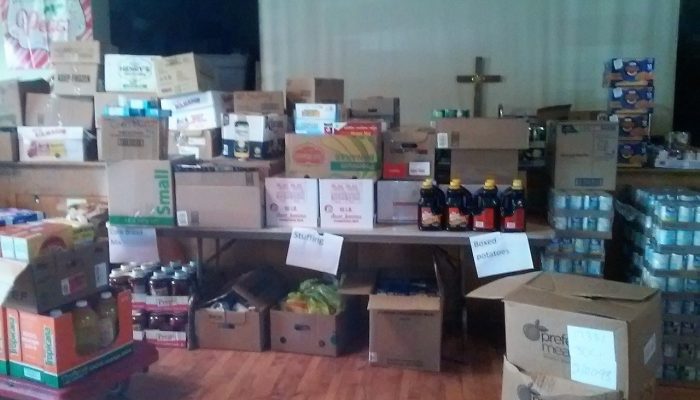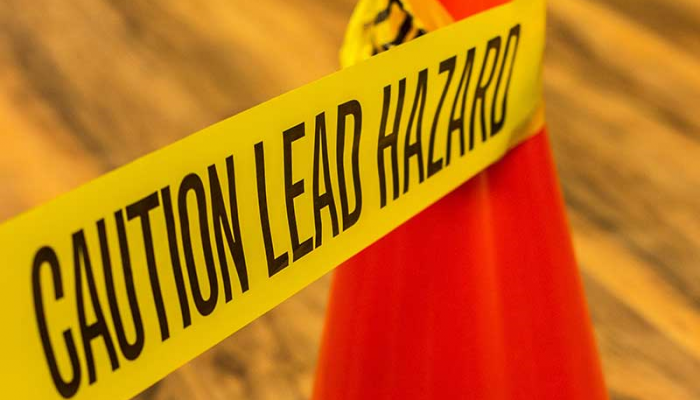Frequently, we look at someone with a chronic disease or someone who is in a particular situation and think that they should have done something differently to avoid that fate. If only, we think. If only they ate better. If only they took better care of themselves. If only they didn’t live in that neighborhood. In a perfect world, those thoughts might have some validity. But our world is far from perfect.
We live in a world where the zip code you are born in can predict how long you will live. We live in a world where the color of your skin can determine which care you get when you go to the hospital. In a world where your chance of getting a good-paying job still varies by race and ethnicity. This is a world where the personal decisions you make may not forestall tragedy. This is a world where you might not even be able to make decisions that can protect your health.
For many Philadelphians, racism is not just horrible words and crossing the street. Racism also exists on a higher level. Systemic racism is racism that is baked into the fabric of our society and affects each of us in ways that we cannot even see. Systemic racism predisposes Black and Brown Philadelphians to shorter lives, worse outcomes from chronic health conditions, and a higher likelihood of being in traumatic situations.
We know systemic racism as red-lining, but we also know that it exists in medical decision-making charts that assume that Black people can tolerate more pain than White people. We know that industrial plants and factories are situated near communities of color, and we know that even the tree canopy that helps protect us on hot summer days has less coverage in predominantly Black and Brown neighborhoods. All of these things, and so many more are what determine the course of our lives, without us even being aware of them.
During Black History Month, the Health Department strives to highlight public health conditions that are driven by systemic racism.
Maternal Mortality
One of the happiest days of a pregnant person’s life is the day their child is born. For too many people who have just given birth, the next several months can be among the most dangerous. And for people of color, it can be even more dangerous than many people know.
Dying while, or after, giving birth is called maternal mortality. And it’s been getting worse all across the United States. But it’s not rising for everyone the same. For example, in Philadelphia Black people are four times more likely to die up to a year after giving birth than White people. That disparity is seen in other places as well.
In 2021, the National Institutes of Health published a paper calling out systemic racism as a key risk factor for maternal death and illness. Being Black isn’t why someone dies after giving birth. Being denied access to the tools that could improve their overall health before pregnancy, and implicit bias in the health system contribute to why Black people are more at risk.
In Philadelphia, the Health Department is working to find ways to fix those things. Thirteen years ago, the Philadelphia Maternal Mortality Review Committee was established to collect data and help identify ways to fix the problem. While recommendations were made and implemented, advocates realized that this was not just a medical problem. Recognizing that maternal mortality is a complex problem that spans many sectors, it is essential to start building bridges to truly change things. The Organized Voices for Action, or The OVA, is a group formed by the Health Department specifically to address this issue. The OVA gathers women and birthing people, governmental agencies, health care system professionals, insurance providers, maternal support organizations, policy advocates, social determinants of health professionals, and support networks in one place to help reduce maternal mortality system-wide.
The OVA is working to implement changes all throughout the system. Because the problem is bigger than what happens in the delivery room, the solutions go beyond the hospital. From increasing access to family planning resources, developing training to combat implicit bias in healthcare, to increasing the ability of providers to help people get access to social services that they’re eligible for, and building a program to help check on the health of people after they’ve given birth, the OVA is taking recommendations from all walks of life to help combat maternal mortality.
The OVA is bringing people together to build, implement, and enhance solutions to address maternal mortality. We stand at a unique point in time — a time of increased attention, support, and funding, and we are poised to seize the moment to make meaningful change. This Black History Month and every one going forward, we invite everyone to join in, pool our resources, and work together now to build bridges toward birth justice.




